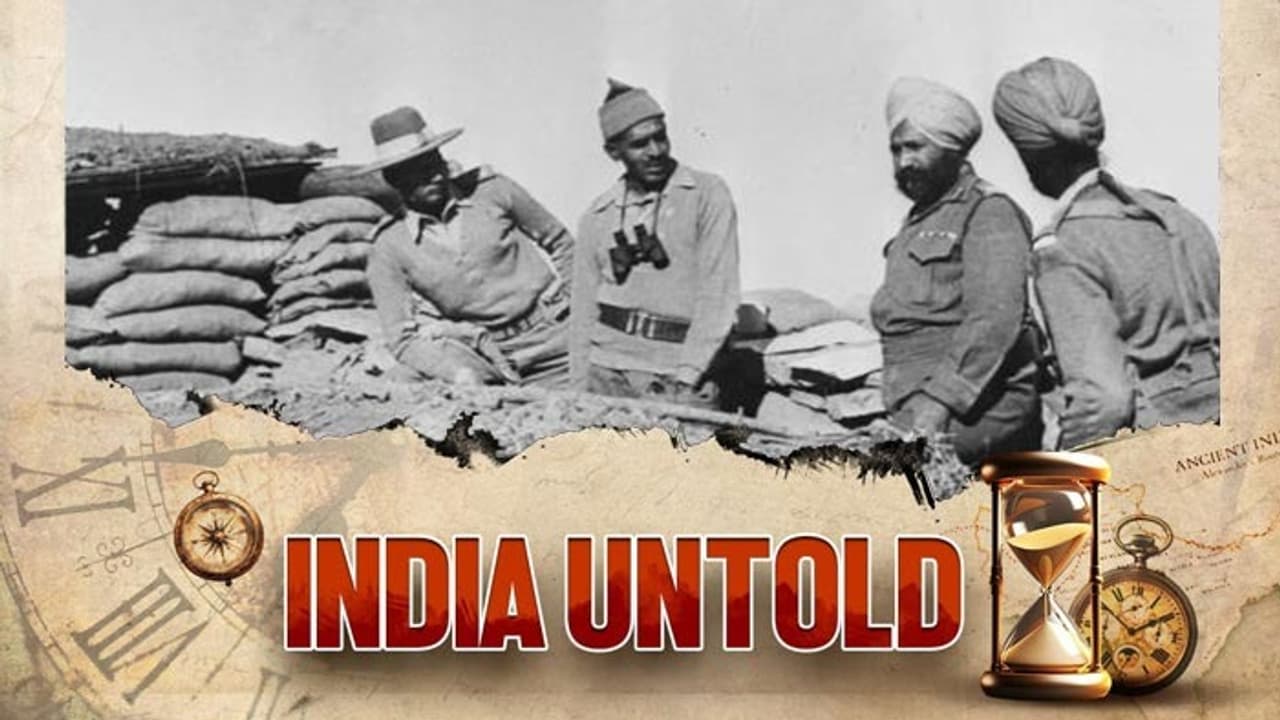In the Chushul sector of Ladakh, Indian soldiers bravely blunted a massive Chinese offensive. If Indian forces had lost Chushul, it would have given the China unhindered access to the roads and valleys leading up to Leh.
When historians recount the India-China war of 1962, conversations often revolve around the strategic missteps of Prime Minister Jawaharlal Nehru and his cabinet. It is undeniable that a superior Chinese military pummeled Indian forces across multiple fronts. Yet, amid the chaos, none more decisive than in the Chushul sector of Ladakh where Indian soldiers blunted a massive Chinese offensive, a feat that, had it failed, would have given China unhindered access to roads and valleys leading to Leh. In other words, losing Chushul could have meant losing Ladakh.
The Chinese advance was bolstered by tanks, prompting the Indian Army to urgently request the airlifting of six AMX-13 tanks from the 20 Lancers regiment to Chushul in southeastern Ladakh. These tanks were essential “to secure the flat approaches from Tibet towards India’s crucial defences at Chushul,” explains senior defence analyst Ajai Shukla. The critical entry point for the Chinese was the two-kilometre-wide Spanggur Gap, a mountain pass along the Line of Actual Control. With road networks to Ladakh nearly non-existent, airlifting the tanks was the only viable option.
However, logistical challenges loomed large at the Indian Air Force base in Chandigarh. Loading tanks onto the IAF’s AN-12 transport aircraft was fraught with risk. “However sturdy the aircraft, the possibility existed that the tracks of the tanks might tear up the [aluminium] flooring,” notes Air Chief Marshal PC Lal in his book My Years with the IAF.
Lieutenant Colonel Gurbachan Singh, tasked with overseeing the operation, devised brilliant solutions for both structural and weight-related concerns. For the first problem, he employed carpenters to “construct a floor covering with wooden planking cut to fit the shape of the floor exactly so that the planks would not move,” ensuring the tanks could enter safely without slipping. For the second, “a big, strong wooden arc was constructed to give support from below, and sand bags were piled between the wooden support and the body of the aircraft to act as shock absorbers.”
Even the aircraft’s weight limits demanded creative adjustments. Capable of carrying up to 10 tonnes, the AN-12 required the removal of non-essential items, “unloading some ammunition and reducing fuel,” according to Swarajya. Fuel was minimized to just enough for the Chandigarh-Chushul-Chandigarh flights.
Driving the tanks into the aircraft was a delicate ballet. Each tank required a three-man crew: one to drive, two to direct and supervise. After a successful demonstration on October 24, 1962, the IAF gave the green light. Then, a last-minute complication arose: one tank driver received news that his wife was about to deliver their first child. The meticulously orchestrated operation faced potential delay—but Lt Colonel Singh acted swiftly, sending an Army doctor to oversee the birth and returning with a photo of the newborn. The tanks were finally loaded, with the driver granted leave after the operation.
On the night of October 24-25, the first batch of tanks was flown to Chushul, arriving the next morning. The second batch followed the night after. Offloading was time-critical; with barely enough fuel for the return journey, soldiers at Chushul had just 15 minutes to unload each aircraft. Yet the mission succeeded flawlessly.
For the very first time in Indian military history, tanks were airlifted into combat under the watchful eyes of the enemy. Thanks to the ingenuity and decisive action of one soldier, Ladakh was safeguarded from Chinese capture.
(This article has been curated with the help of AI)
